In 2017, ALMS received funding from the Beaver River Watershed Alliance through the Lakeland Industry and Community Association (LICA), the Red Deer River Watershed Alliance, the Pigeon Lake Watershed Association, Cargill, Alberta Environment and Parks, the Pigeon Lake Watershed Association, and the Jackfish Lake Management Association, to conduct LakeWatch, a volunteer based water quality monitoring program.
Data presented below has not completed its final validation process.

Sample Record
The LakeWatch Program Coordinator (Laura Redmond) worked alongside two summer field technicians (Elashia Young and Melissa Risto) to conduct lake sampling during the summer of 2017. Each lake was to be visited four or five times throughout the summer, and, in 2017, 135 of 145 scheduled trips were completed. This resulted in a completion rate of 94% (Table 1). Missed trips were a result of volunteer availability and unsafe weather.
In 2017, two Long Lakes were monitored. Throughout the report, the Long Lake southeast of Athabasca will be referred to as Long Lake, and the Long Lake south of Boyle with the Provincial Park on its western shore will be referred to as Long PP.
Table 1: The LakeWatch sample completion record for 2017. Asteriks represent lakes which had only four planned sample trips.
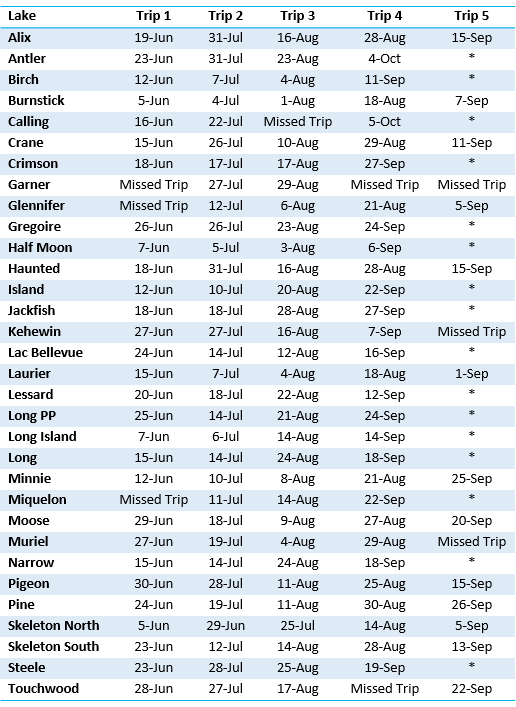
Volunteers
In 2017, ALMS worked with 45 unique volunteers for a total of 486 volunteer hours spent sampling lakes. Each year, ALMS recognizes one volunteer who has shown outstanding dedication and commitment to the LakeWatch program over the years. This year, Orest Kitt of Skeleton Lake North was presented with the LakeWatch Volunteer of the Year Award. Orest has volunteered with the LakeWatch Program for nearly 13 years.

Results
While ALMS collects a large suite of water chemistry parameters, this report will attempt to highlight the variability which exists across only a few of our major parameters: Secchi Depth, Total Phosphorus, Chlorophyll-a, and Microcystin. The variation within these parameters does not necessarily reflect a degree of lake management, for many factors outside of human control also impact lake water quality. The depth of the lake, the size of the drainage basin, lake order, and the composition of bedrock and sediment are just some of the factors which affect lake water quality and should be taken into consideration when reading these results.
Secchi Depth:
Average Secchi depth across 2017 lakes ranged from a minimum of 0.30 m in Antler Lake to a maximum of 5.70 m in Gleniffer Lake. Secchi depth only slightly correlated with chlorophyll-a (r= -0.56, p-value= 8.6×10-19) indicating that on average, Secchi depth decreased with increasing algal biomass. However, this relationship is not strong.
Total Phosphorus:
Average Total phosphorus (TP) ranged from 4.0 μg/L in Gleniffer Lake to 412 μg/L in Antler Lake. LakeWatch lakes of 2017 were classified as oligotrophic to hypereutrophic.
Average total phosphorus (TP) and average chlorophyll-a were significantly correlated (r= 0.97, p-value= 2.29 x 10-3) indicating that algal biomass was related to total phosphorus concentrations.In some cases, this relationship is more complicated. For example, Miquelon Lake has high TP concentrations but low Chlorophyll-a concentrations because its brackish waters inhibits most algae growth.
Chlorophyll-a:
Average chlorophyll-a concentrations ranged from a minimum of 0.95 μg/L in Gleniffer Lake to 238 μg/L in Antler Lake (Figure 3).
Microcystin:
Average microcystin concentrations remained below the recreational guideline of 20 μg/L. However, Antler Lake had a microcystin concentration of 41 μg/L on August 23, more than double the recreational guideline. Garner Lake and Haunted Lake microcystin levels were also above the guideline on August 29 and August 16, respectively. Microcystin levels were minimal in Gleniffer, Long, Narrow, Touchwood and Skeleton North as each of these lakes fell below the detection limit.

Downloads
A detailed data summary of each lake sampled will be published in the Spring of 2018 in the LakeWatch reports section of our website.

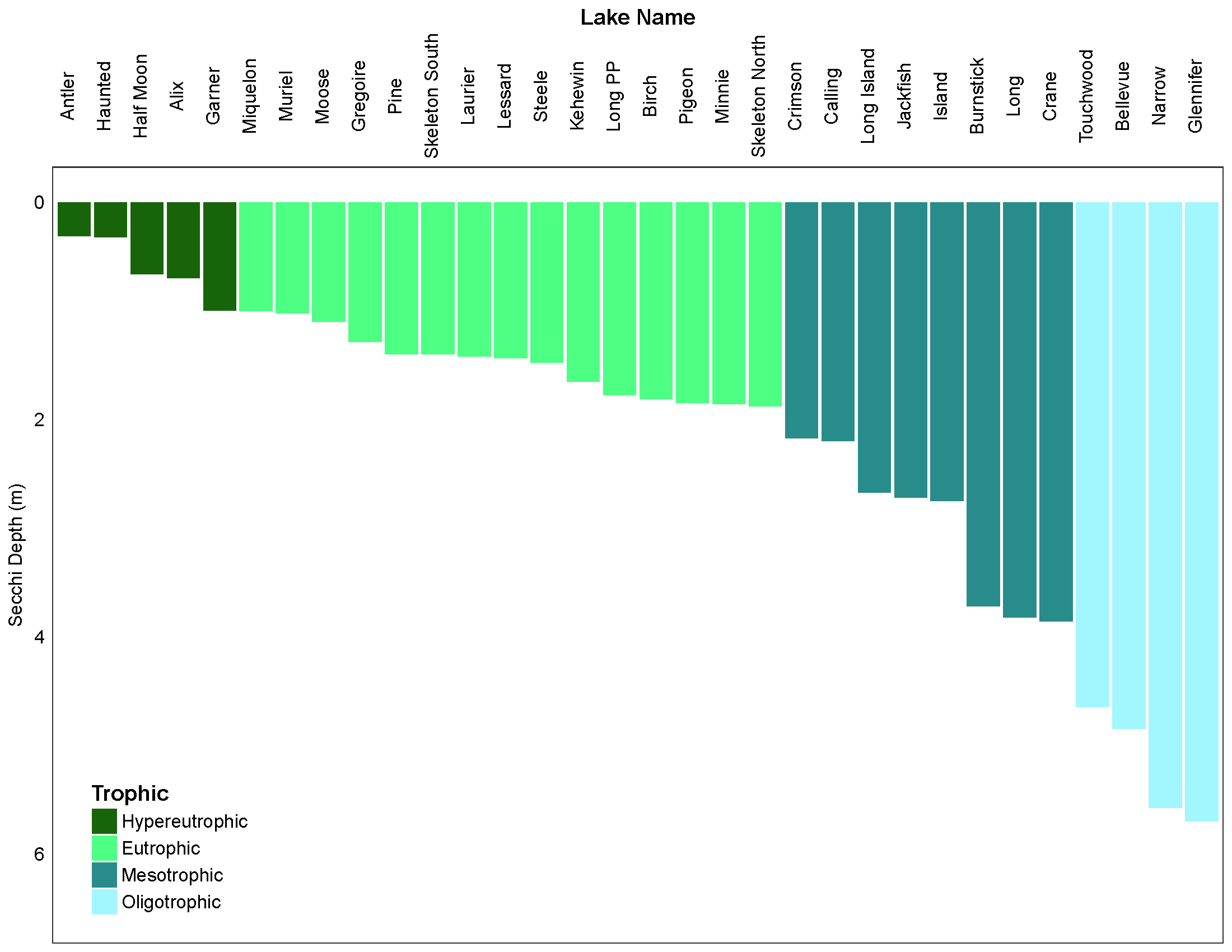




 The members of the steering committee will continue to play a strong role in facilitating and tracking implementation actions. This includes any actions they were responsible for, as well as tracking other committees and sector’s actions and progress made towards achieving the plan’s outcomes. Ongoing communication is essential to successful implementation and achieving outcomes, therefore a regular reporting mechanism could be set up in order to provide regular evaluation of the plan.
The members of the steering committee will continue to play a strong role in facilitating and tracking implementation actions. This includes any actions they were responsible for, as well as tracking other committees and sector’s actions and progress made towards achieving the plan’s outcomes. Ongoing communication is essential to successful implementation and achieving outcomes, therefore a regular reporting mechanism could be set up in order to provide regular evaluation of the plan.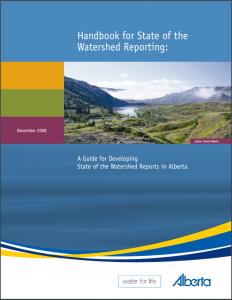
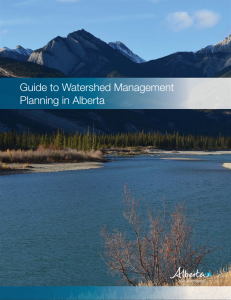
 Reporting is an essential component of any watershed management planning and implementation process. There are two main types of reporting that should be shared with stakeholders on a regular basis: implementation reporting & effectiveness reporting.
Reporting is an essential component of any watershed management planning and implementation process. There are two main types of reporting that should be shared with stakeholders on a regular basis: implementation reporting & effectiveness reporting. There is no limit to the number or types of lake management actions, but they typically fall into the categories on the right.
There is no limit to the number or types of lake management actions, but they typically fall into the categories on the right.
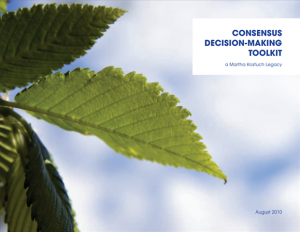
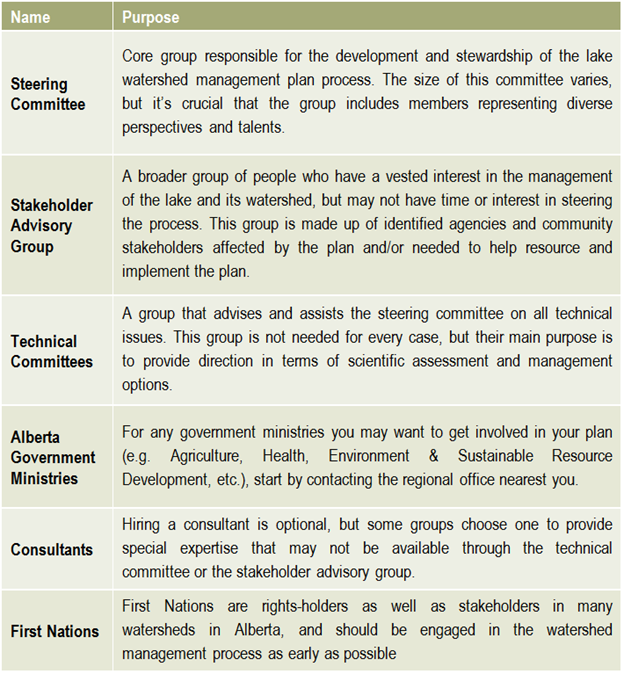 Helpful resources
Helpful resources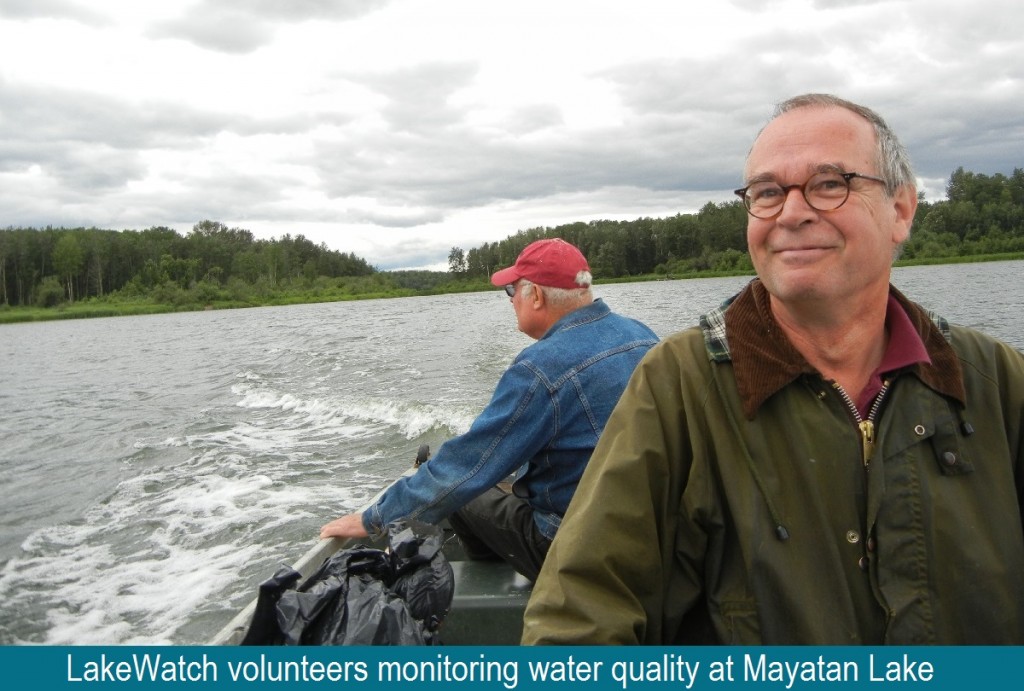 The development of a lake watershed management plan provides the guidance needed to implement activities, but the plan cannot be static. Monitoring the performance of your management actions is essential to understanding whether your goals have been met, and whether further actions are needed. Monitoring and evaluating the implementation and effectiveness of a lake watershed management plan allows assessment of progress towards the goals and objectives of the plan, identification of problems and opportunities, and a collection of critical information required when performing a 5 or 10 year review of the plan.
The development of a lake watershed management plan provides the guidance needed to implement activities, but the plan cannot be static. Monitoring the performance of your management actions is essential to understanding whether your goals have been met, and whether further actions are needed. Monitoring and evaluating the implementation and effectiveness of a lake watershed management plan allows assessment of progress towards the goals and objectives of the plan, identification of problems and opportunities, and a collection of critical information required when performing a 5 or 10 year review of the plan.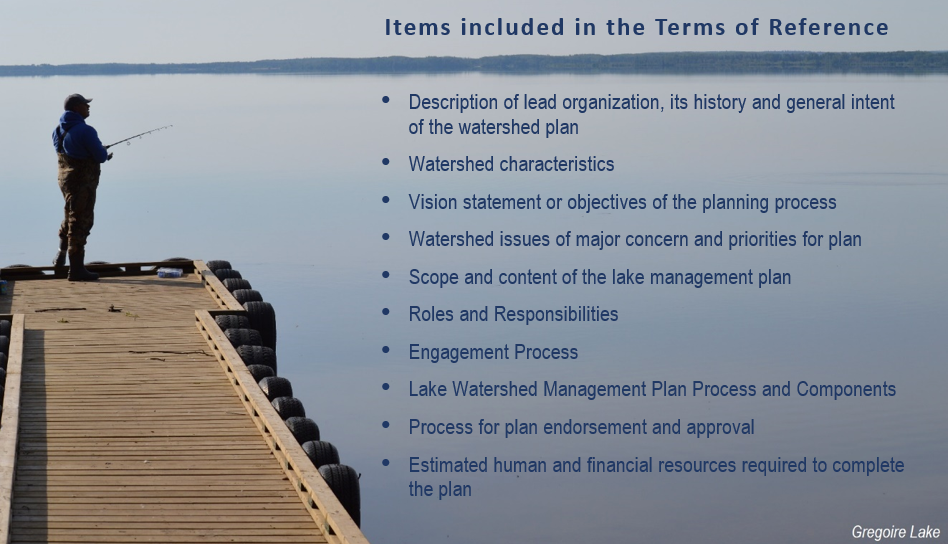
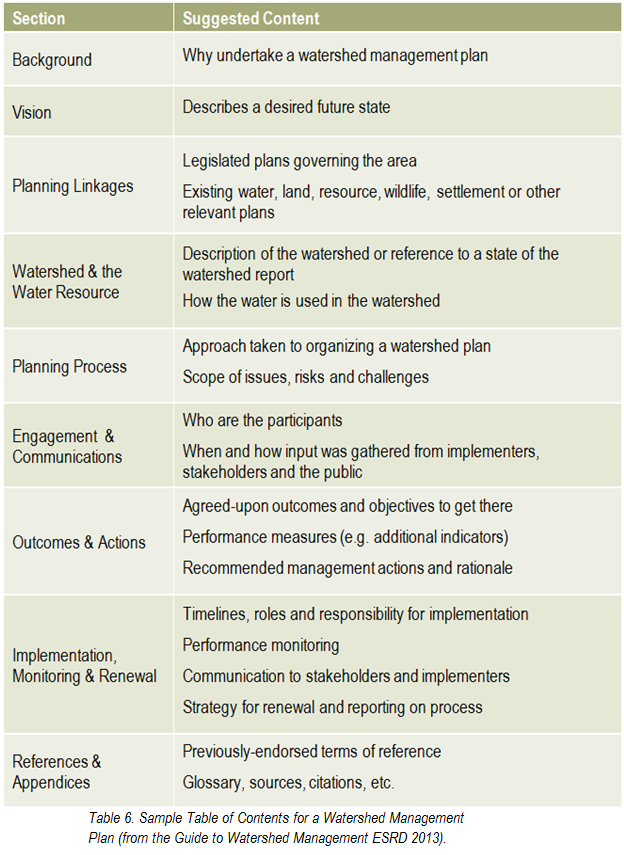
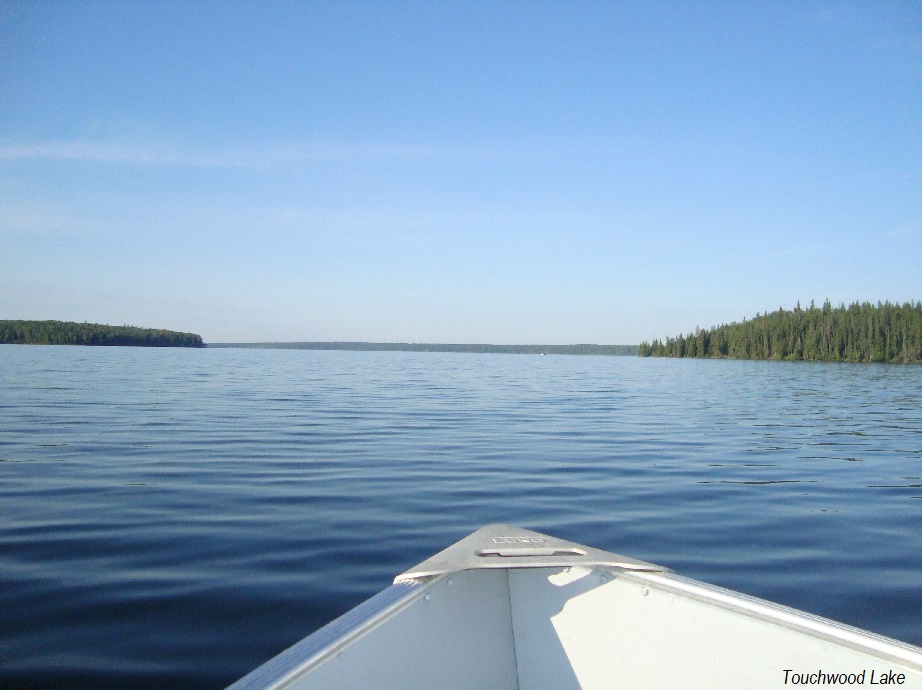 What has the monitoring results of the plan and of the indicators shown? Is there a need to modify the plan? It is important that the lake watershed management plan does not just sit on a shelf. Information gaps should be addressed, action items need to be managed, completed, and evaluated to best address the needs of the lake. Always keep in mind the vision: if the actions taken are not bringing the lake closer to that vision, then the plan needs to be modified. Consider updating both the state of the watershed and the lake watershed management plans at regular intervals to make sure that the actions taken were achieving the desired outcomes and to evaluate what work still needs to be done.
What has the monitoring results of the plan and of the indicators shown? Is there a need to modify the plan? It is important that the lake watershed management plan does not just sit on a shelf. Information gaps should be addressed, action items need to be managed, completed, and evaluated to best address the needs of the lake. Always keep in mind the vision: if the actions taken are not bringing the lake closer to that vision, then the plan needs to be modified. Consider updating both the state of the watershed and the lake watershed management plans at regular intervals to make sure that the actions taken were achieving the desired outcomes and to evaluate what work still needs to be done. Once a plan has been approved by all affected sectors and officially endorsed and released by the steering committee, then implementation can begin in full. Action projects can be large and comprehensive, or made smaller by staging projects over time or into modules that can be tackled one at a time. Fundraising is an issue that many community groups may find intimidating, but experience with programs such as the Pine Lake Restoration Program (see
Once a plan has been approved by all affected sectors and officially endorsed and released by the steering committee, then implementation can begin in full. Action projects can be large and comprehensive, or made smaller by staging projects over time or into modules that can be tackled one at a time. Fundraising is an issue that many community groups may find intimidating, but experience with programs such as the Pine Lake Restoration Program (see 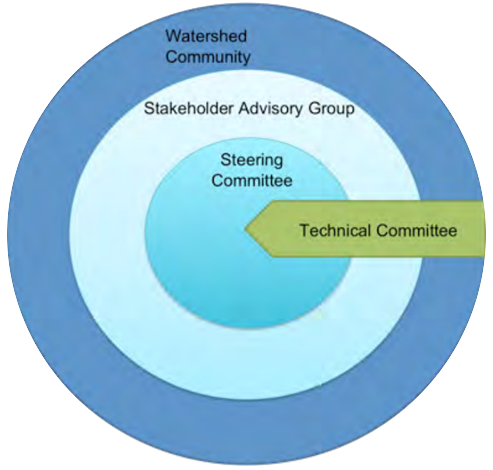 This graphic describes how the various committees and groups will work and interact together. The circle size depicts the approximate number of people involved, and the circles overlapping indicates that some individuals may reside in all of the circles and participate in multiple committees as part of the planning process. The technical committee is shown as an arrow, indicating that it is independent and has relatively few people, and yet it interacts with all of the groups. This graphic may look different depending on the lake and the people involved, and a detailed structure should be agreed upon and described in the plan’s Terms of Reference (Step 6).
This graphic describes how the various committees and groups will work and interact together. The circle size depicts the approximate number of people involved, and the circles overlapping indicates that some individuals may reside in all of the circles and participate in multiple committees as part of the planning process. The technical committee is shown as an arrow, indicating that it is independent and has relatively few people, and yet it interacts with all of the groups. This graphic may look different depending on the lake and the people involved, and a detailed structure should be agreed upon and described in the plan’s Terms of Reference (Step 6).